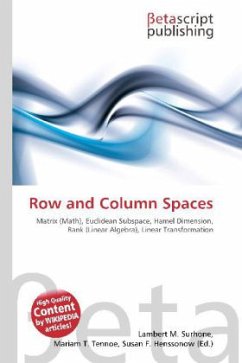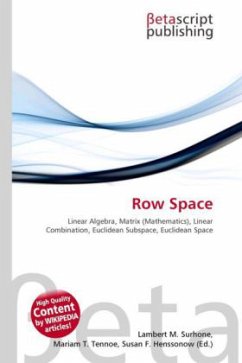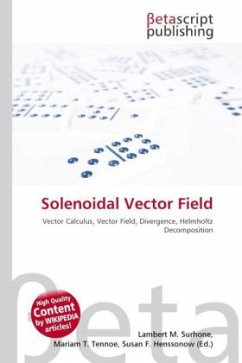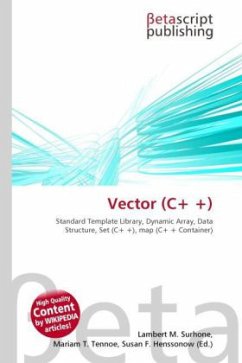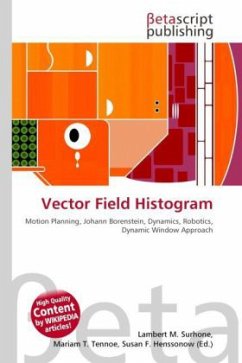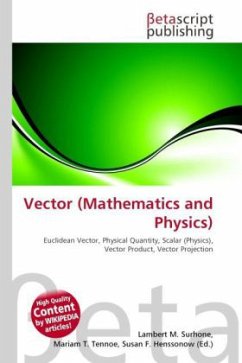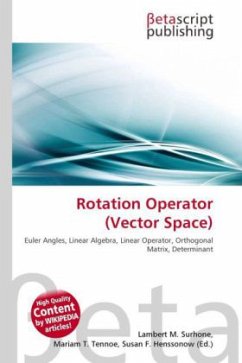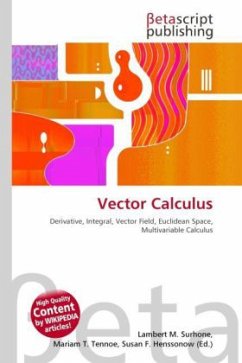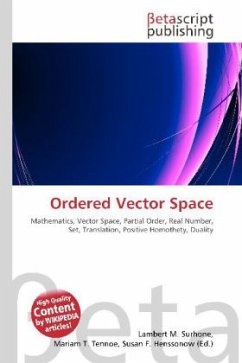
Row Vector
Versandkostenfrei!
Versandfertig in 6-10 Tagen
26,99 €
inkl. MwSt.

PAYBACK Punkte
13 °P sammeln!
In linear algebra, a row vector or row matrix is a 1 × n matrix, that is, a matrix consisting of a single row: mathbf x = begin{bmatrix} x_1 & x_2 & dots & x_m end{bmatrix}. Conveniently, one can write t = p Q = v MQ telling us that the matrix product transformation MQ can take v directly to t. Continuing with row vectors, matrix transformations further reconfiguring n-space can be applied to the right of previous outputs. In contrast, when a column vector is transformed to become another column under an n by n matrix action, the operation occurs to the left: p = M v and t = Q p, leading to t...
In linear algebra, a row vector or row matrix is a 1 × n matrix, that is, a matrix consisting of a single row: mathbf x = begin{bmatrix} x_1 & x_2 & dots & x_m end{bmatrix}. Conveniently, one can write t = p Q = v MQ telling us that the matrix product transformation MQ can take v directly to t. Continuing with row vectors, matrix transformations further reconfiguring n-space can be applied to the right of previous outputs. In contrast, when a column vector is transformed to become another column under an n by n matrix action, the operation occurs to the left: p = M v and t = Q p, leading to the algebraic expression QM v for the composed output from v input. The matrix transformations mount up to the left in this use of a column vector for input to matrix transformation. The natural bias to read left-to-right, as subsequent transformations are applied in linear algebra, stands against column vector inputs.



